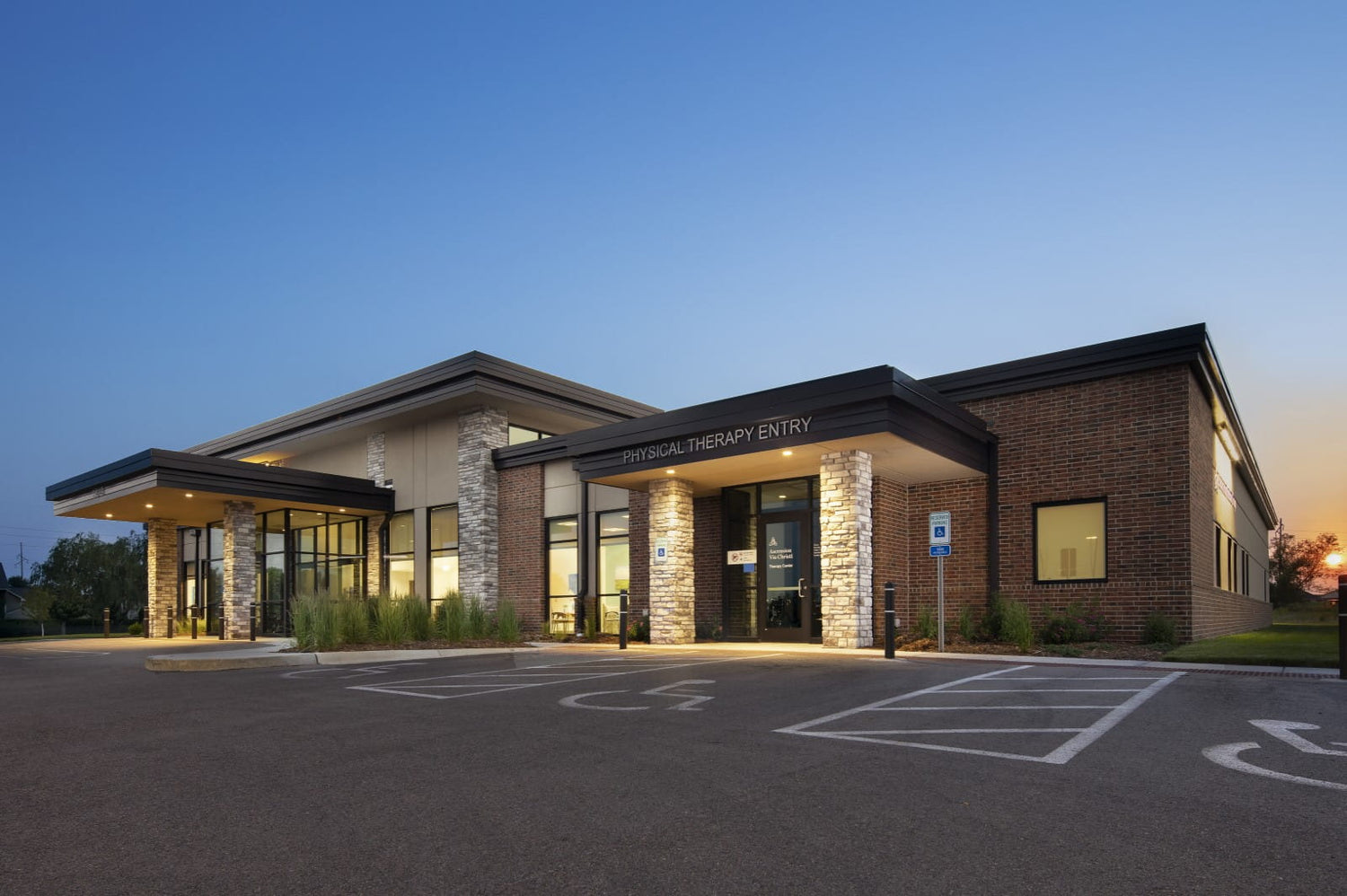
- 1. Introduction: What If One Real Estate Decision Could Double Your Cash Flow?
- 2. Key Takeaways You’ll Learn in This Blog
- 3. Mobile Home Parks: The Scarcity Play
- 4. Flex Space: The Quick-Turn Asset
- 5. Data Centers: The AI-Powered Land Grab
- 6. Real-Life Wins (Case Studies)
- 7. Conclusion: From Scarcity to AI — Building Your Investor Edge

Introduction: What If One Real Estate Decision Could Double Your Cash Flow?
I almost passed on a piece of land near a Tesla Gigafactory — until I realized it could flip into a seven-figure payday. That single insight taught me the power of trend-adjacent real estate: buying where policy, population, and institutional money are already moving.
That’s exactly what we unpack in Millionaire Mindcast EP9102 with Jonathan Tuttle — a seasoned investor who scaled from mobile home parks to flex space and is now eyeing data centers.

Key Takeaways You’ll Learn in This Blog
- Scarcity = Power: With only ~43,000 mobile home parks nationwide, scarcity drives outsized demand.
- Flex Space is Exploding: Quick builds, resilient tenants, and 12–24 month flips make it the “self-storage of today.”
- AI = Data Centers: Demand for compute is skyrocketing; the right sites create monopoly-like cash flows.
- Team > Thesis: Winning investors build boots-on-the-ground partnerships and execution teams.
- Clarity Wins: Know your buy box — parks with 50–200 pads and 70–80% occupancy are Jonathan’s sweet spot.

Mobile Home Parks: The Scarcity Play
On the podcast: Jonathan shared how his family entered mobile home parks in the early 2000s and held through the last cycle, reaping massive appreciation.
The deeper lesson: Mobile home parks thrive on scarcity. Unlike multifamily or retail, you can’t just “build” more — zoning restrictions keep supply capped. This makes existing parks goldmines when managed well.
Common Mistakes
❌ Buying tiny 10–20 pad parks with no pipeline of used homes.
❌ Ignoring infrastructure costs (utilities, roads, septic).
❌ Over-relying on aggressive rent growth projections.
Fixes
✅ Target stabilized parks with 70–80% occupancy.
✅ Partner with suppliers of used homes for turnarounds.
✅ Stress test at -15% NOI.
Your Playbook
- Beginners: Start by studying tenant mixes, lease structures, and utility systems. Analyze three parks on LoopNet — even if you don’t buy, you’ll sharpen underwriting skills.
- Intermediates: Focus on 50–200 pad parks where you can add value through utility upgrades, rehabbing homes, or optimizing rents. Build relationships with park managers — they’re your boots on the ground.
- Advanced: Launch a syndication or joint venture. Raise capital, buy larger portfolios, and implement professional property management systems. Your edge = scaling operations while institutions are focused only on the largest markets.

Flex Space: The Quick-Turn Asset
On the podcast: Jonathan explained why his fund is pivoting hard into flex space, particularly in fast-growth Texas counties.
Why it works:
- Speed: Build times average 12–24 months, far shorter than multifamily or industrial.
- Tenant durability: Trade businesses (HVAC, plumbing, electricians) are recession-resistant and AI-proof.
- Demand certainty: When new housing developments go up, local contractors need storage, shop, and flex space immediately.
Common Mistakes
❌ Building in counties with stagnant populations.
❌ Designing units too small or too large for the local tenant mix.
❌ Overleveraging debt in rising-rate environments.
Fixes
✅ Choose markets with population and housing growth.
✅ Build flexible units (1,500–3,000 sq ft) that can adapt to multiple tenant types.
✅ Lock in fixed-rate financing early in the project cycle.
Your Playbook
- Beginners: Partner on small deals or passively invest in a ground-up flex project. Focus on learning entitlement, permitting, and lease-up cycles.
- Intermediates: Lead a project in a growth market. Tailor unit sizes to trade demand, and plan staggered lease-up to reduce vacancy risk.
- Advanced: Scale by assembling multiple parcels into a corridor strategy. Secure anchor tenants (logistics, marine, or service firms), then roll projects into a portfolio for institutional exit.

Data Centers: The AI-Powered Land Grab
On the podcast: Jonathan is exploring conversions of underused industrial and office buildings into mid-market data centers.
The big picture:
- AI is driving exponential demand for computing and storage.
- Power and fiber are king. Sites with ample electricity and connectivity are irreplaceable.
- Barrier to entry: Complex permitting, CAPEX, and technical expertise keep competition limited — creating a moat for those who can execute.
Common Mistakes
❌ Underestimating the cost of cooling and redundancy systems.
❌ Trying to go hyperscale without institutional partners.
❌ Ignoring long-term power contracts.
Fixes
✅ Focus on mid-market colocation centers where demand is underserved.
✅ Validate utility capacity before purchase — negotiate with power companies in advance.
✅ Partner with experienced data-center operators who understand technical ops.
Your Playbook
- Beginners: Learn the fundamentals — follow Department of Energy and AI infrastructure reports. Study zoning, power, and cooling requirements before jumping in.
- Intermediates: Co-invest with operators in brownfield conversions. Share risk while learning the technical side.
- Advanced: Sponsor your own development with family office or institutional backing. Structure long-term leases with cloud or AI firms to lock in stability.

Real-Life Wins (Case Studies)
Tesla Gigafactory Land Flip
Jonathan’s team sourced land next to a Tesla Gigafactory. The city poured millions into roads and infrastructure, making the parcel skyrocket in value. The property could either be flipped for a massive gain or repositioned into flex space.
Lesson: Follow infrastructure spending — cities telegraph where growth will be. If government money is flowing, private value will follow.
From Family Biz to Institutional Scale
Jonathan’s family transitioned from small mobile home parks to large-scale holdings. By entering the space early, they benefited from scarcity-driven appreciation. Eventually, they scaled into portfolios attractive to institutional buyers.
Lesson: Even niche, overlooked assets can become mainstream darlings if you have patience, operational systems, and timing on your side.

Conclusion: From Scarcity to AI — Building Your Investor Edge
Jonathan Tuttle’s journey — from mobile home parks, to flipping Tesla-adjacent land, to exploring AI-driven data centers — proves one truth: the future belongs to investors who spot structural trends early and execute with clarity.
Whether your path is steady cash flow through mobile home parks, fast-turn profits in flex space, or asymmetric upside in data centers, the strategy remains the same: follow data, partner with experts, and execute relentlessly.
Backing Insights with Data (Your Expert Edge)
- Only ~43,000 mobile home parks exist in the U.S. — a capped supply with growing institutional demand.
- Flex space projects typically deliver 12–24 month build cycles, giving investors faster liquidity than multifamily.
- Data centers require 1–5 MW of power per site — infrastructure is the real constraint, not just land.
Stay Connected & Learn More
🎧 Listen to the full podcast episode here: LINK
👁️ Watch the full episode here: LINK
📩 Be part of the discussion! Join our Facebook group: LINK
📅 Book a coaching call w/ Matt Aitchison: LINK
🚀 Enroll in our EXPERT-led courses: LINK
 Commercial Real Estate Investing
Commercial Real Estate Investing
Dave Wolcott’s 5-Phase Holistic Wealth Strategy for Financial Freedom
 Commercial Real Estate Investing
Commercial Real Estate Investing
How Ray Garfield Built Iconic Hotels, Arenas & Civic Projects Across America
 Commercial Real Estate Investing
Commercial Real Estate Investing



